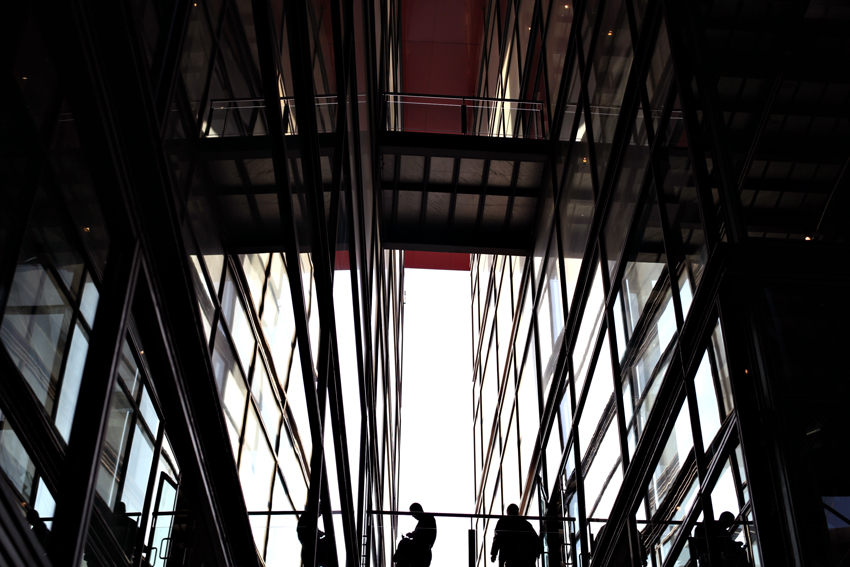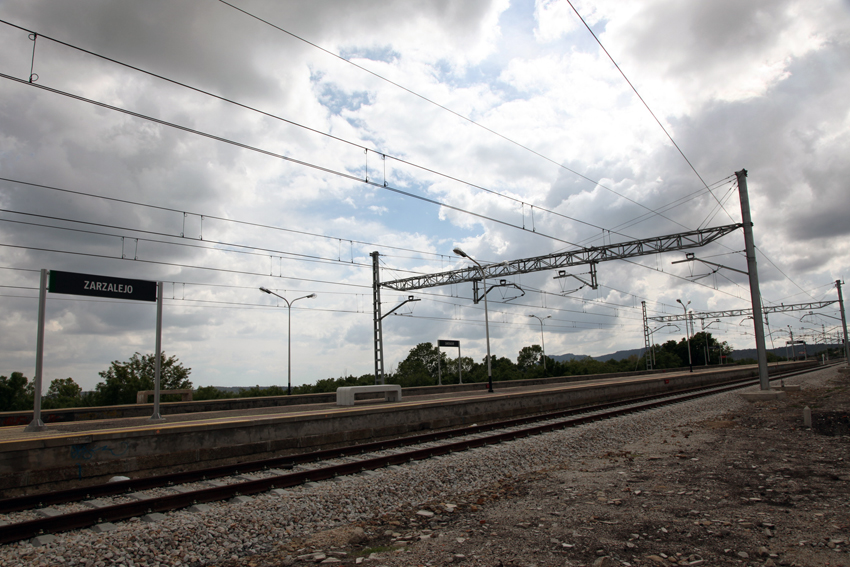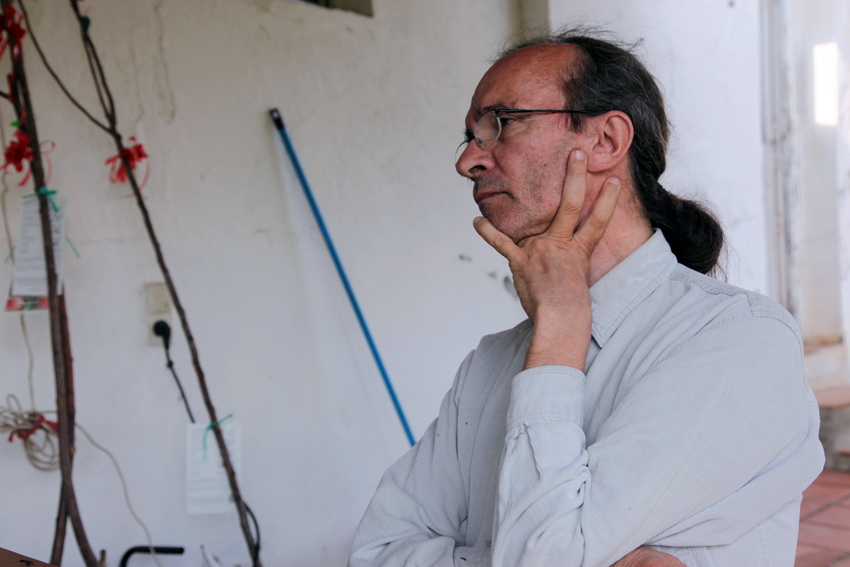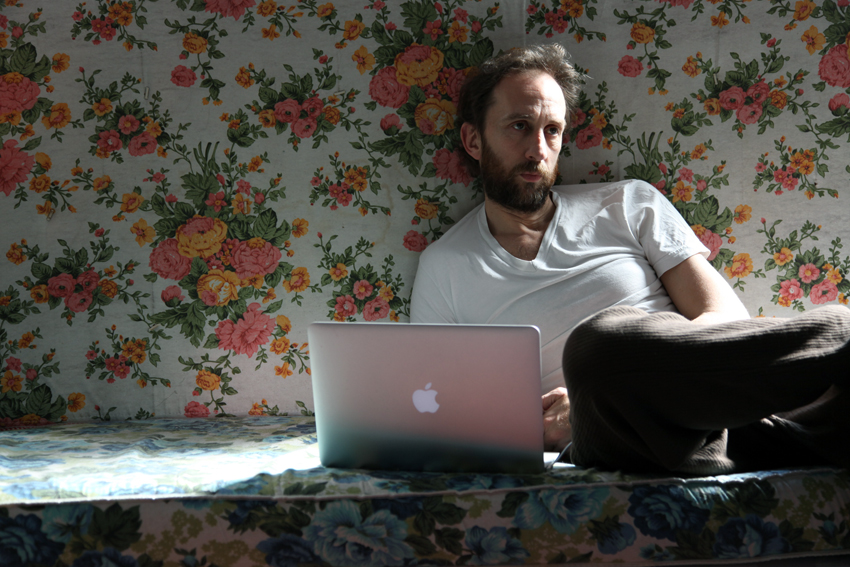Framework of the interview:
agencies:
- Sala teatro Cuarta Pared: http://www.cuartapared.es/
- festival Escena Contemporanea: http://www.escenacontemporanea.com/
topics / aspects of work:
critical cultural policies
- providing space for work
- creating the context
- You are the founder and director of Cuarta Pared, a venue and company. How did you set Sala teatro Cuarta Pered up – in legal and economic terms? What does it mean to be independent (in respect to public funds and market)?
- What is the role of Cuarta Pared at the Madrid scene? How does it, as a venue, function: open calls, renting, investing into productions…? Do you give preference to certain aesthetics, or what is the criterion for being accepted to work in Cuarta Pared?
critical practices related to the reflection
critical terms & concepts: research vs. training, reflection vs. production
You have research and educational lines among the activities of Cuarta Pared. What kind of education do you offer? How does your “ETC” research programme function? What is the importance of research in artistic work – in your view?
Can you explain your approach to research and education in the terms of: research vs. training and reflection vs. production?
criticality and/or alternative:
- Escena Contemporanea is ‘an alternative festival of performing arts’. Do you think that contemporary scene (contemporary art) should offer some alternatives to the traditional and mainstream art production? If yes, why, and what is the role of criticality in this?
- In which way Escena Contemporanea is critical and / or alternative – on the level of the subjects / themes or the aesthetics of performances, or on the level of the ways it presents and contextualizes the works, communicates with the local community, etc?
critical term ‘continuity’:
Continuity appears as one of the most prominent and persistent problems at the Madrid scene, thus making ‘the continuity’ a critical term. Cuarta Pared exists for already 25 years and Escena Contemporanea was initiated in 2002 and is still ongoing. How do you see the importance of continuity? And how do you achieve it?








RSS feed for comments on this post. / TrackBack URI